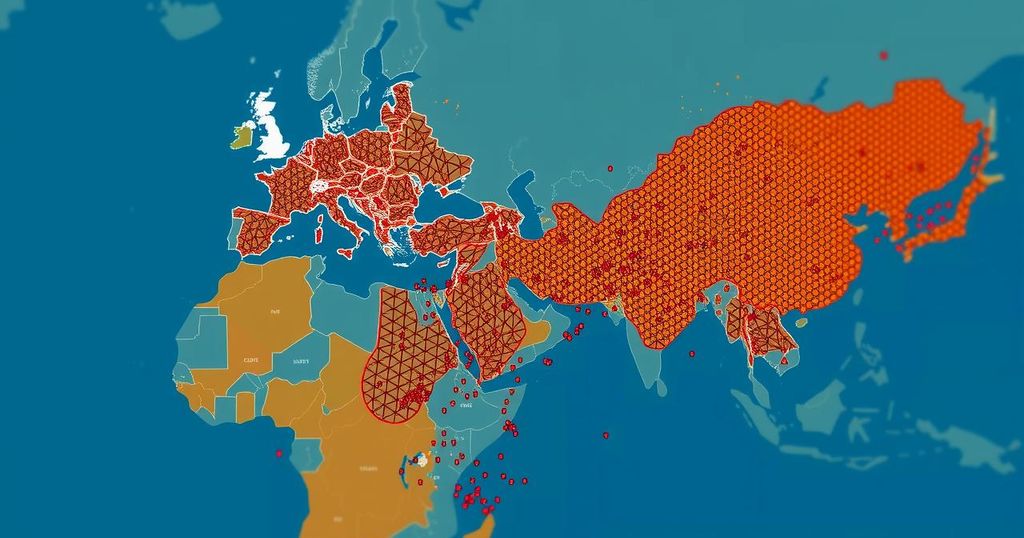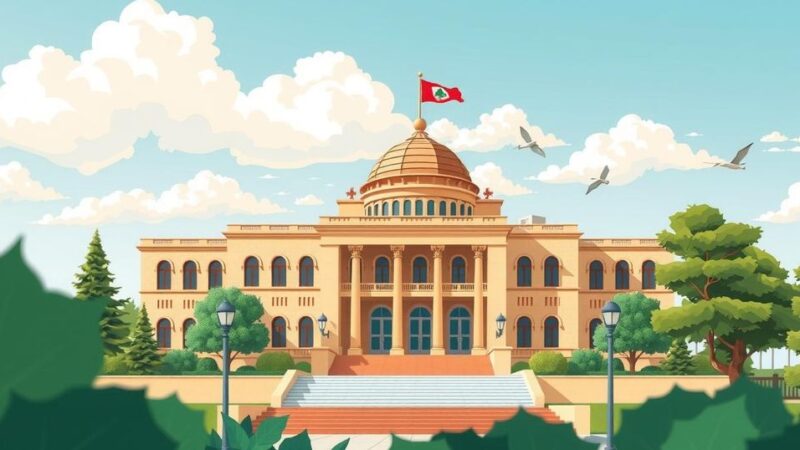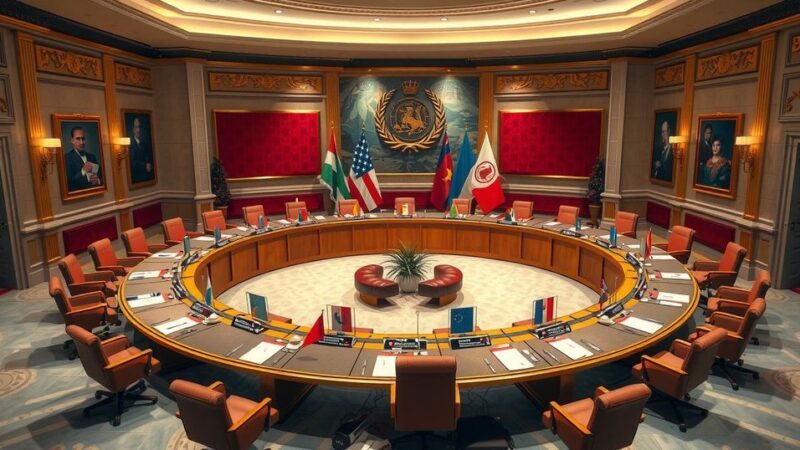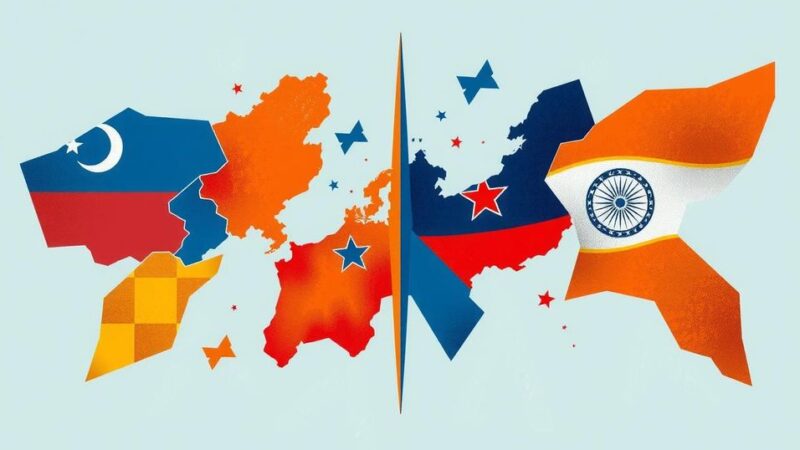As the UN prepares for MONUSCO’s departure by 2024, the security situation in eastern DRC is complex, with rising violence from groups like M23 and challenges in local governance. MONUSCO’s withdrawal has elicited mixed feelings in the local community, while regional forces like SADC promise a different approach. The necessity for security reforms within the FARDC highlights the ongoing reliance on external support for stability.
At the close of 2023, the UN Security Council, responding to a request from the Congolese government, made the pivotal decision to withdraw the enduring UN peacekeeping mission in the Democratic Republic of the Congo (MONUSCO) by the end of 2024. Notably, despite this directive, MONUSCO has only fully withdrawn from one of the three provinces in eastern DRC, leaving an uncertain timeline for complete withdrawal. Currently, MONUSCO continues to collaborate with troops from the Southern African Development Community (SADC) as well as Congolese armed forces and local militias.
In an insightful interview, Pascal Kambale, a prominent Congolese researcher and human rights lawyer, elucidates the multifaceted security actors present in eastern DRC and local perceptions of their efficacy.
The security situation across eastern DRC remains precarious. While joint operations between the Uganda Peoples’ Defence Forces and the Armed Forces of the DRC (FARDC) have managed to contain the Allied Democratic Forces (ADF) in the northern part of North Kivu, the emergence of the March 23 Movement (M23) poses a more immediate threat in Ituri and southern North Kivu, resulting in the displacement of over two million individuals this year alone. The M23 conflict has seen targeted attacks on Internally Displaced Persons (IDP) camps, leading to grave concerns regarding ethnic cleansing.
The withdrawal of MONUSCO, though viewed positively by some due to a sense of stagnation regarding its presence, raises questions about the future security of civilians, especially among specific minority groups such as the Banyamulenge. While different community reactions to the withdrawal of MONUSCO have been recorded, particularly in South Kivu, the overall security condition remains under scrutiny. MONUSCO’s recent exit has revealed gaps in vital services it provided, intensifying local concerns about civilian protection.
In response to increasing frustrations with MONUSCO’s effectiveness, the Congolese government has welcomed regional forces, notably the East African Community Regional Force (EACRF) and the Southern African Development Community Mission in the DRC (SAMIDRC). However, early deployment of EACRF encountered significant resistance from the local populace due to the involvement of perceived aggressor nations like Rwanda and Uganda, leading to a rapid decline in confidence in their operations.
Conversely, SAMIDRC maintains an advantageous perception, largely because of the longstanding positive reputation of SADC forces during earlier missions under UN authorization. While they have not yet engaged decisively in combat, their goodwill from the local populace remains intact.
Recent diplomatic initiatives include a cease-fire agreement between the DRC and Rwanda, mediated by Angola, although it has faced violations from the M23. Nonetheless, the DRC aims to negotiate additional terms centered on security and the future role of foreign troops.
The FARDC’s longstanding issues with corruption and disorganization present a formidable challenge to achieving self-sustainability in maintaining national security. Despite ongoing reforms and improved training initiatives, the FARDC’s reliance on external support remains critical in the immediate future. Looking ahead, the necessity for continued foreign assistance, whether through military aid or collaboration with local militias, underscores the complexities of stabilizing eastern DRC.
The eastern Democratic Republic of the Congo (DRC) has a long history of conflict, amplified by multiple armed groups, including the ADF and resurgence of the M23. The UN peacekeeping mission, MONUSCO, has been in operation since 1999, significantly influencing the region’s security dynamics. Recent decisions by the UN Security Council to withdraw MONUSCO, alongside changing perceptions about regional intervention forces from SADC and the East African Community, highlight the evolving landscape of peacekeeping and security efforts in the DRC. The region’s instability is compounded by the involvement of neighboring countries and the challenges faced by Congolese armed forces, which struggle with corruption and capability issues. As local militias and foreign troops vie for influence, the quest for sustainable peace requires comprehensive strategies and cooperation among various stakeholders.
The future of security in eastern DRC hinges on the effective coordination between regional forces and the Congolese government, alongside reforms within the FARDC. While MONUSCO’s withdrawal poses significant risks, alternative regional initiatives may provide pathways for stabilizing the region. Ultimately, the engagement of international actors coupled with substantial local reforms remains vital for the DRC to attain a semblance of sovereignty and security moving forward.
Original Source: theglobalobservatory.org






